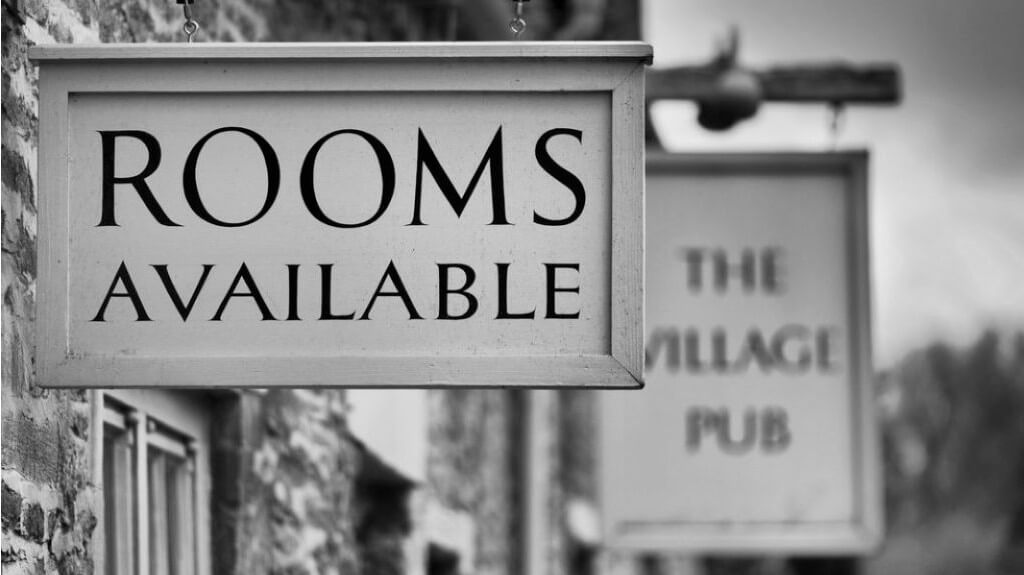Hotel forecasting, also known as hotel demand forecasting, is a strategy that sees a hotel analyse historical data and trends to make predictions about future demand.
NB: This is an article from Little Hotelier, one of our Expert Partners
Subscribe to our weekly newsletter and stay up to date
Once your hotel has an idea of demand, you can make tweaks to your room and service prices that help maximise revenue and occupancy. Hotel forecasting methods can also be used to inform everything from inventory levels – whether or not you offer more services or invest in building more rooms – to the booking channels and guests you target.
Hotel forecasting reports are built on a foundation of data. This can be internal data (from a hotel’s systems) and external data (competitor pricing and market trends). Modern forecasting tools can help to collect, organise and analyse all of this information.
Why is hotel forecasting important?
The importance of forecasting in hotel industry businesses cannot be understated. Regularly generating and analysing forecasting reports can help you to:
- Develop strategies that boost your revenue and estimate your future profitability.
- Better predict and handle peak periods and slow periods.
- Ensure that you have the resources you need well ahead of time.
- Customise and optimise pricing strategies based on demand.
- Identify new markets and guest segments.
- Identify new KPIs that give you a deeper understanding of your hotel’s performance.
In short, hotel forecasting gives you a glimpse into the future, which enables you to improve your hotel strategies and performance right now.
Factors that affect hotel demand forecasting
Hotel forecasting means different things to different hotel businesses. Small, independent hotels might form quite basic forecasts. Multinational chains, meanwhile, can dedicate entire teams to developing intricate forecasts that consider a wealth of factors.
With that in mind, the factors that affect hotel demand forecasting will vary, but a few of the most common include:
- Booking data: Historical booking data for both your hotel and competitor hotels, including how bookings vary through peak, shoulder and low seasons.
- Pricing data: Hotel and competitor pricing data, including how it varies throughout the year.
- Cancellation data: How types of guests and times of year affect cancellation and no-show rates.
- Reputation data: Online ratings and reviews, and how they compare to your main competitors.
- Outlier factors: How special events and unusual occurrences have historically affected demand (e.g. bad weather, surprise events or event cancellations).
Hotel forecasting methods and process
Demand forecasting in hotel industry businesses can take a few different forms. Three of the most common hotel forecasting methods include:





